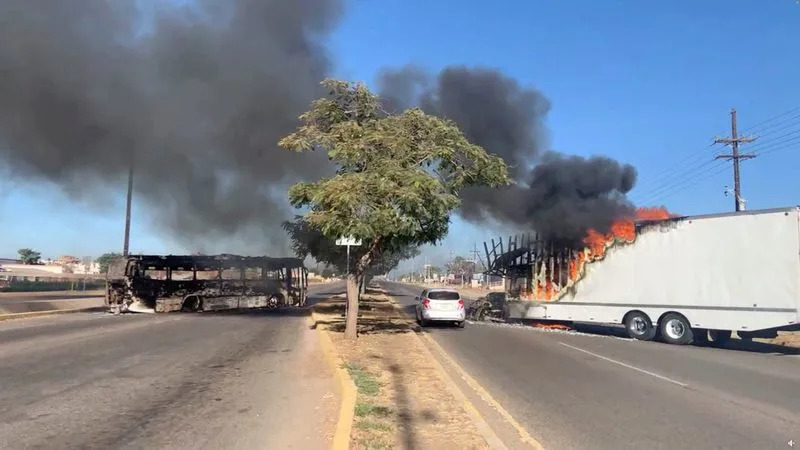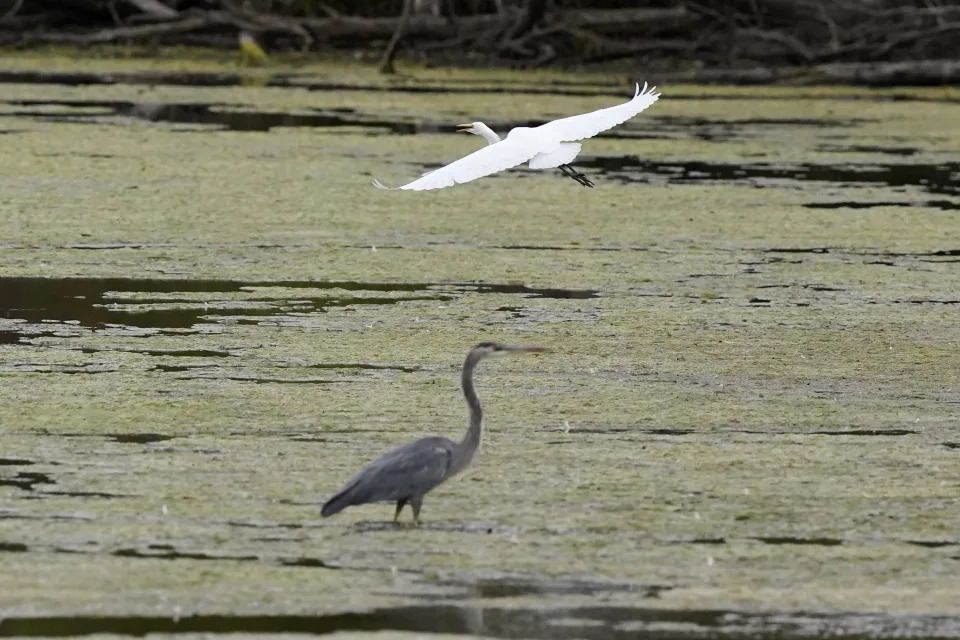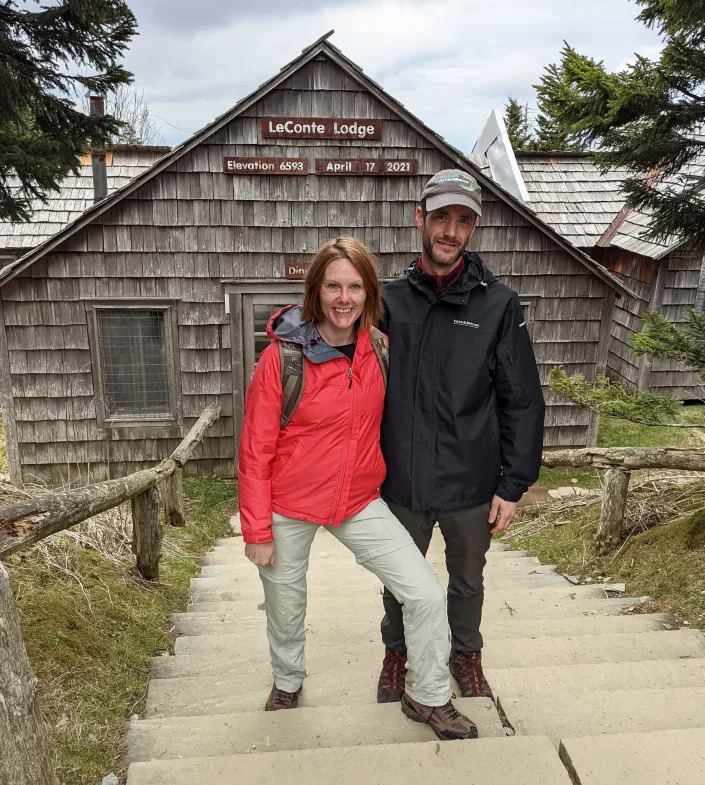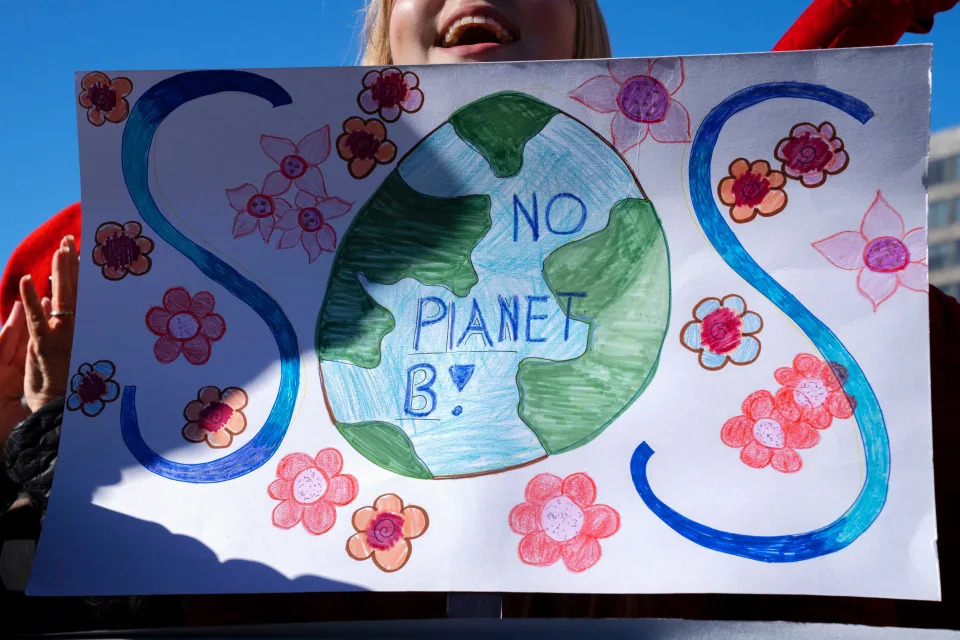Associated Press
Warning about aquifer’s decline sets up big fight in Kansas
John Hanna – January 6, 2023
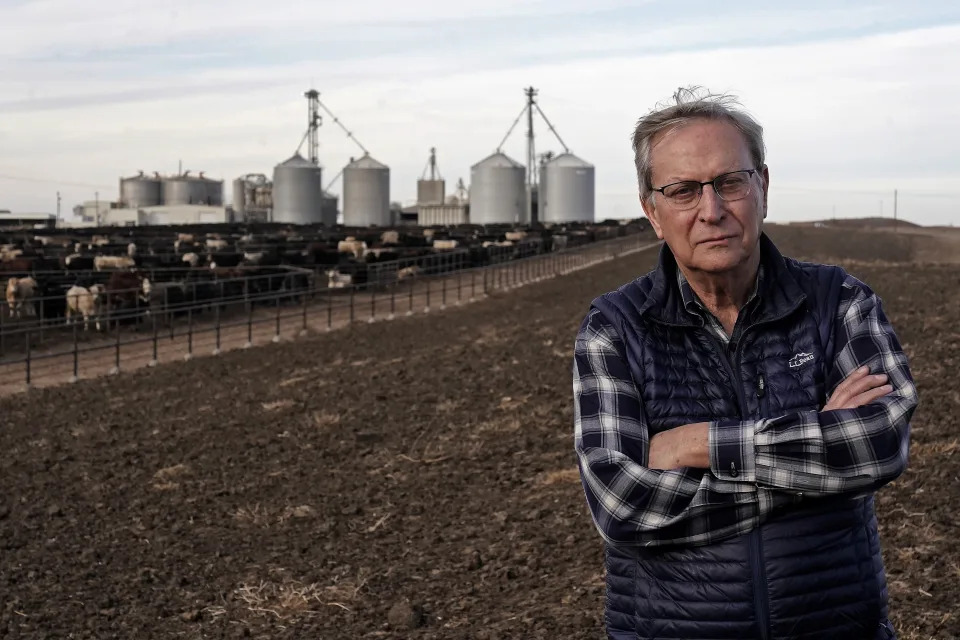
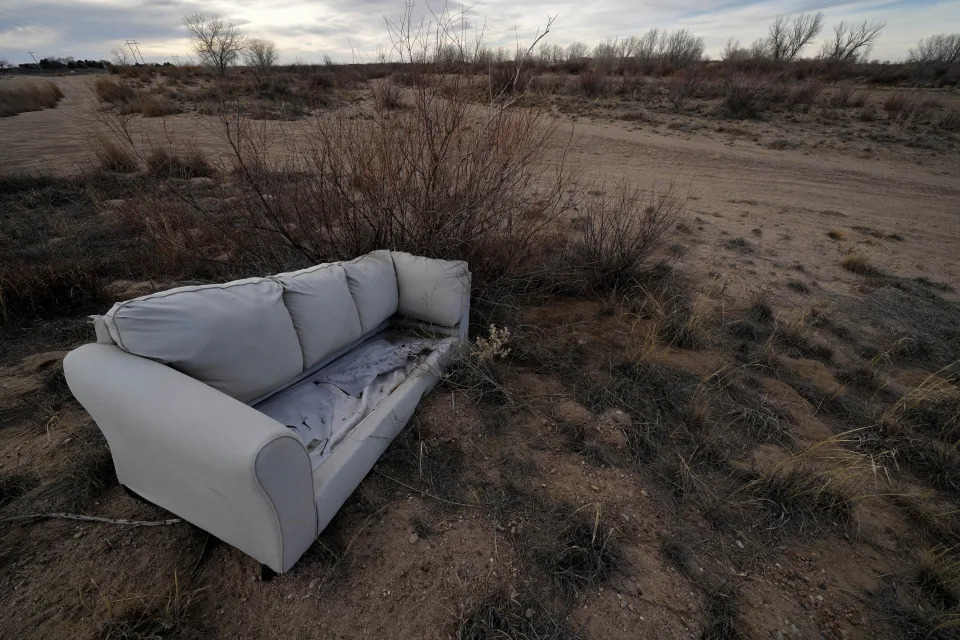
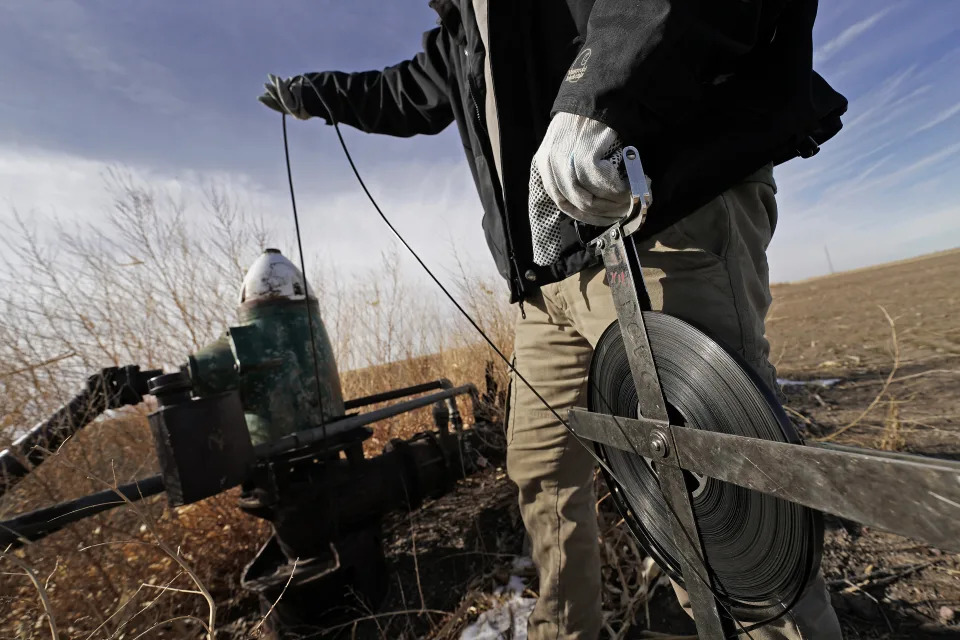
TOPEKA, Kan. (AP) — Kansas water experts are sounding an alarm decades in the making: Farmers and ranchers in the state’s western half must stop pumping more water out of a vast aquifer than nature puts back each year or risk the economic collapse of a region important to the U.S. food supply.
That warning is setting up a big and messy fight for the annual session of the Kansas Legislature set to open Monday.
The Kansas Water Authority is telling lawmakers that Kansas needs to break sharply with its decadeslong policy of slowing depletion while still allowing water levels to drop in the Ogallala Aquifer. The aquifer covers roughly 175,000 square miles (453,000 square kilometers) in the western and Great Plains states of Texas, New Mexico, Oklahoma, Kansas, Colorado, Nebraska, Wyoming and South Dakota.
Most of those states have areas where depletion is a problem, but the call in Kansas to “halt” the declines has farmers, ranchers and politically influential agriculture groups preparing to battle proposals that would give them less control over water and possibly could force them to cultivate fewer acres, buy expensive new equipment or turn on a dime to grow different crops.- ADVERTISEMENT -https://s.yimg.com/rq/darla/4-10-1/html/r-sf-flx.html
Imposing the Water Authority’s policy means agribusinesses that drive the region’s economy would have to consume less water — perhaps as much as 30% less in some areas. Lawmakers also would have to decide whether local officials would keep driving conservation efforts or if the state would be in charge.
“The easy part was making the statement. That didn’t cost anybody anything,” said Clay Scott, who farms in southwestern Kansas. “We’re going to have to start paying for it, and we have to decide how that gets divvied up.”
Kansas produces more than 20% of the nation’s wheat and has about 18% of the cattle being fed in the U.S. The western third of Kansas, home to most of its portion of the Ogallala, accounts for 60% of the value of all Kansas crops and livestock. That’s possible because of the water.
The recommendation on the Ogallala from the water authority, a planning and advisory commission, is a response to data showing that since widespread pumping began around 1940, much of the Ogallala has lost at least 30% ofits available water and more than 60% in places in western Kansas. The Kansas Geological Survey had a team in western Kansas this week to measure well depths for updated figures.
“There are wells that are starting to run dry already, so this isn’t a distant problem in some areas,” said Tom Buller, executive director of the Kansas Rural Center, a nonprofit that promotes sustainable agriculture and family farming. “There isn’t a lot of time to solve the problem.”
The Water Authority’s recommendation comes as much of the western U.S. continues to suffer through a megadrought fueled by climate change. Parts of Kansas have had drought conditions for a year, and more than half the state has been in extreme drought since mid-September.
The U.S. Bureau of Reclamation is currently working on a plan to cut water use from the Colorado River in western states by 15%, and Arizona is restricting large-scale farming. Nebraska last year launched a $500 million canal project to divert water from the South Platte River in Colorado.
“We are told that the future, due to climate change, is going to get warmer and drier in western Kansas,” said Connie Owen, director of the Kansas Water Office, which oversees long-term plans for preserving water. “That is making things worse, which is all the more reason that we have to deal with this now.”
There’s broad agreement, including among powerful agriculture groups and nervous farmers and ranchers, that Kansas needs to extend the aquifer’s life.
But the path forward isn’t yet clear for Democratic Gov. Laura Kelly and the Republican-controlled Legislature.
In a pre-session interview, Kelly promised only to get affected parties together to negotiate a comprehensive solution. She added that following her narrow reelection in November, “I’ve got some political capital to spend to deal with what will be a very contentious issue.”
Depletion of the Ogallala was one reason that in the Kansas House, the Water Committee last year considered a 283-page bipartisan proposal to set aside $49 million a year for conservation efforts and other programs. The measure also would have reorganized those programs and made the official who grants rights to use water independent of the state Department of Agriculture. In addition, it would have curbed the power of big irrigators in local districts that manage groundwater use, including from the Ogallala.
Opponents included the Kansas Farm Bureau and the Kansas Livestock Association. Nothing ultimately passed after critics accused supporters of drafting it largely in secret. The committee’s chair later retired.
The new Water Committee chair, Republican Rep. Jim Minnix, a southwestern Kansas farmer, said he hopes to work on incentives for local officials to be more aggressive about water conservation.
The state allows local districts to set restrictions, and one in northwest Kansas gets high marks from water experts and officials for cutting water use. In one area of 99 square miles (256 square kilometers), it set water-use rules, sought to cut consumption 20% and reduced it 35% over the past decade, according to Manager Shannon Kenyon.
Kenyon prizes local control but said the state should take charge where local officials haven’t pursued enough conservation.
If local officials allow the water dry up, she said, “They are going to kill the economy in the state of Kansas,” Kenyon said.
Some western Kansas farmers argue that the state’s best move is to ramp up education about ways to conserve water and provide incentives to help farmers adopt them. Several of them, as well as local water officials, said agriculture has become more careful with water over the past several decades through new technology, new crop varieties and better farming practices.
Lee Reeve, whose family has farmed near Garden City in southwest Kansas for more than 100 years and now operates a cattle feed yard and ethanol plant, sees the Water Authority’s language on halting depletion as “toxic,” noting that farmers already are suspicious of government programs.
“There’s just enough of this scare stuff out there that it’s hard to get through to people that, ‘Hey, there are things we can do,’” he said.




